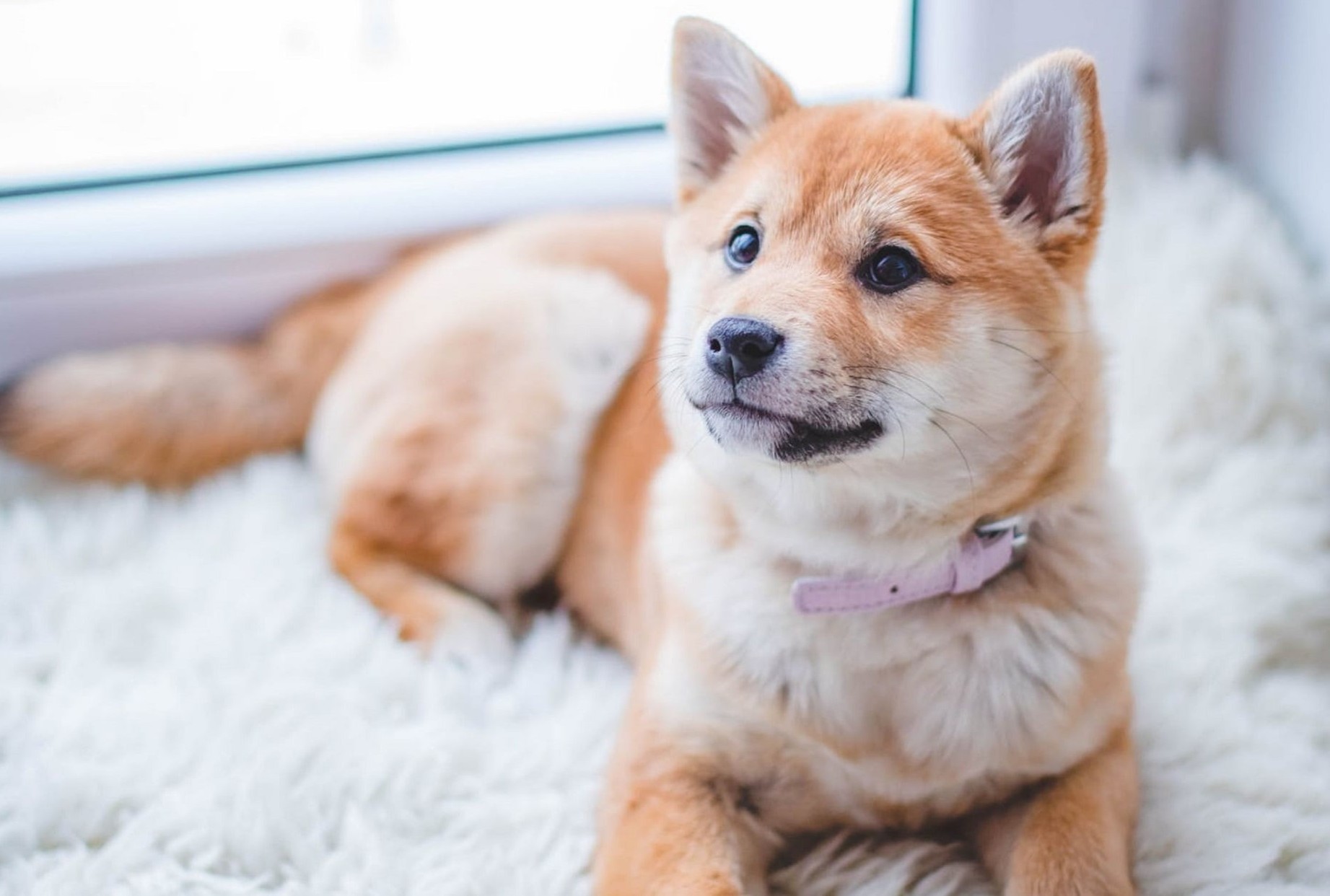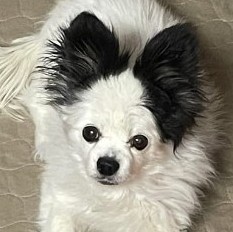Your Cart is Empty
Get Up To 35% OFF & Free Delivery
Get Up To 35% OFF & Free Delivery
Get Up To 35% OFF & Free Delivery

Dealing with puppy separation anxiety is key to raising a happy, healthy dog. In this guide, we will cover the causes, symptoms and science backed training for puppy separation anxiety. To create independent doggos!
It’s never nice to know your pup is unhappy when you aren’t home. But now and then it’s important to be able to leave your dog home alone, even for very short periods of time. So you might wonder "How can I help my puppy with separation anxiety?"
Let’s start with the basics: the causes and signs of puppy separation anxiety.
Separation anxiety is defined scientifically as distress in dogs following the absence of an attachment figure, usually you - their best buddy since leaving their furry mum.
This distress in puppies can manifest as various anxious behaviors, including:
leaving a wake of destruction - chewing, digging and shredding items
excessive whining and barking
Excessive barking is a common symptom of dog separation anxiety, indicating the puppy's discomfort when left alone.
toilet accidents
excessive pacing, whining, or trembling as you prepare to leave
excessive salivation, drooling, or panting
attempts to escape
It’s unclear why some puppies are more prone to separation anxiety than others. Most theorize that as the only attachment figure in a young dog’s life, puppies can feel unsafe or afraid if left alone. Older dogs may experience clinical separation anxiety due to a lack of training or past trauma, which is more intense and persistent than typical separation discomfort. Other triggers include life changes like a sudden switch in schedule, a new house, or the sudden absence of a family member. Young dogs and new puppies are particularly vulnerable to these changes and can develop separation anxiety as a result. Plus, each dog is different, just like humans, with some more clingy than others.
One myth we cleared up in our debunking blog is that separation anxiety is caused by being too “nice” or spending “too much time” with your puppy. Recent studies have found that separation anxiety is not always based on “hyper attachment” of the dog to the owner, that even dogs that score lower in their attachment can suffer from anxiety when left alone.
Whatever the cause, it’s important to think of prevention as the best cure. Puppies are new to everything in the world, including being left alone. In the same way we can teach them to be unfazed by cars or other people, we need to teach them that alone time is ok too.
However, do bear in mind that with dogs under the age of four months, it’s recommended that the maximum they should be left alone for is two hours.
Research to the rescue. A comprehensive 2014 review of the strategies for treatment and management of separation anxiety really gives a great roadmap to how to create an independent doggo!
First off prevention. The study found that by utilising the following steps, separation anxiety is less likely to occur:
Socialisation with a wide range of experiences, places and people between 5–10 months.
Stability in the daily routine, or weekly, routine - including the times you may be absent for short periods.
Avoid leaving your young puppy alone for a long time, as this can sometimes trigger the separation anxiety to start.
Aim for regular absences of a few minutes, progressing to short-to-medium lengths away from your pup, habituating them to absences of increasing length through consistent training sessions.
Avoid using punishment as a training tool, as this has been shown to increase the chance of your pup growing up to be an anxiety-prone dog.
Minimizing or doing your best to ignore excitement when leaving or returning to the dog, to begin to habituate your pup to the idea that leaving or returning is no big deal.
Recent research has even pointed to a lack of daily exercise as a possible cause. A tired dog is a happy dog, and ensuring your puppy gets enough physical and mental stimulation can help prevent puppy separation anxiety. So make sure your pup is getting enough stimulation through the day, especially before a planned absence.
Often pups do experience issues even with the above steps. That’s totally normal and you haven’t done anything wrong!
Research found the most effective treatment of puppy separation anxiety, or an older dog experiencing symptoms, is a combination of systematic desensitization and counterconditioning.
In practice, desensitization looks like initially leaving your pup for very short time periods. Even just walking out of sight. Then returning almost immediately and rewarding or praising the absence of a negative reaction. Gradually increase the length of these absences.
During this time of re-training or desensitizing, try to make sure your pup isn’t alone for long enough to cause the onset of symptoms. It might be tricky, but will be worth it as you build up to longer, stress free absences. Pet parents should also ensure their puppy is completely house trained to avoid misunderstandings about urination behaviors, which can sometimes be mistaken for separation anxiety.
If you do need to leave for longer, try giving your pup their food at that time. Crate training can also be beneficial, as it helps puppies feel secure and relaxed in their crates, turning it into a safe haven.
Finally, some owners find it helpful to have a video feedback system, like a Furbo, to monitor your pup’s behavior before and during the plan. It can help you to establish whether the behaviour is reducing. For more tips on how to deal with puppy separation anxiety, consider seeking advice from certified trainers or using puppy training apps.
Guess what? This study found that this combination of treatments was successful for 100% of the dogs they treated. That’s pretty good odds! So stay happy in the knowledge that that little shadow will be on their way to an independent, happy and very chilled future.
See How Dog Owners Are Using These Leak-Free Potty Pads to Keep Their Homes Clean and Pups Happy
4.7 ⭐⭐⭐⭐⭐
Over 100,000 Dog Owners Saved Money With Potty Buddy™
The washable pee pads that absorb anything your dog throws at them, while keeping your floors and furniture stain-free.
✅ Super Absorbent and Leak-Proof
✅ Great for Potty Training
✅ Ideal for Puppies and Older Dogs
✅ Washable and Reusable For Years
✅ Save over $400/year by not buying disposables
-60 Day Money Back Guarantee-

⭐⭐⭐⭐⭐
-Diana D.
These pads are a life saver for my kitchen floor and bedroom carpet! Just ordered 2 more!




Check Out Our Most Popular Content